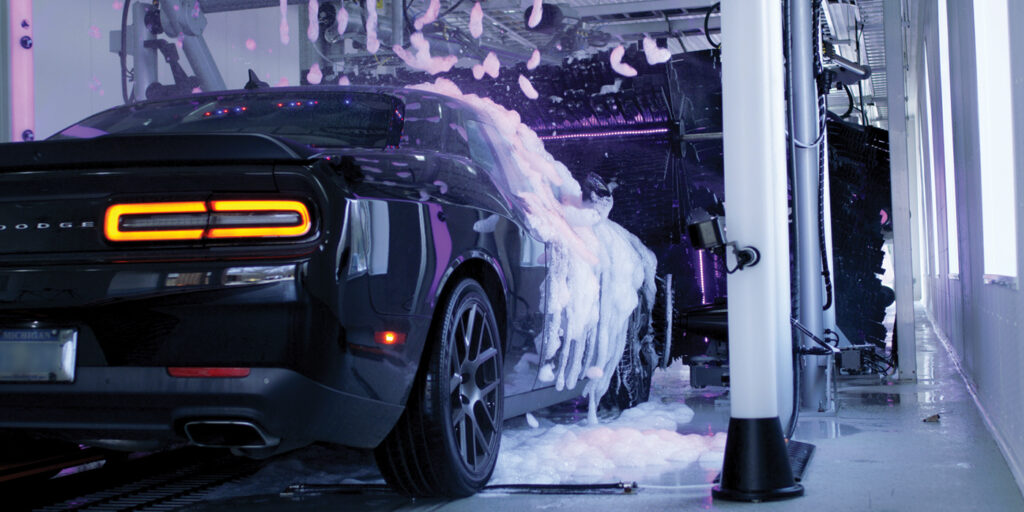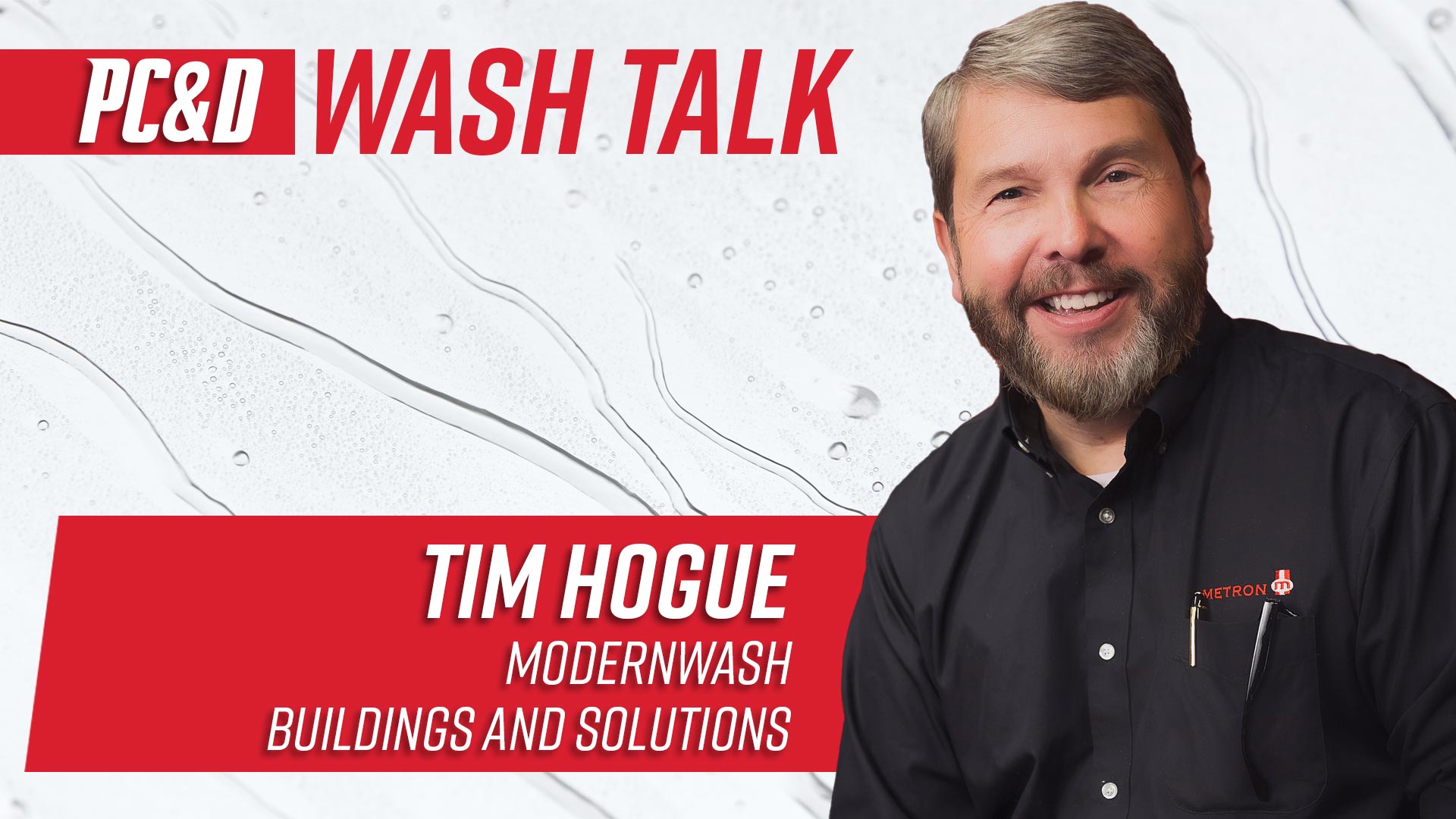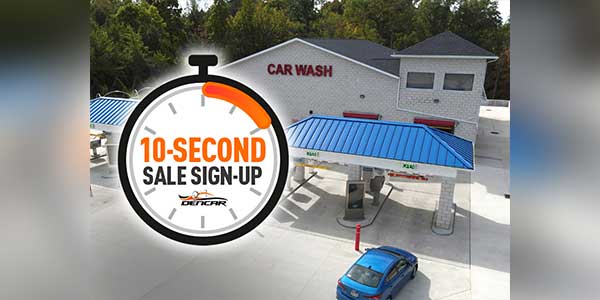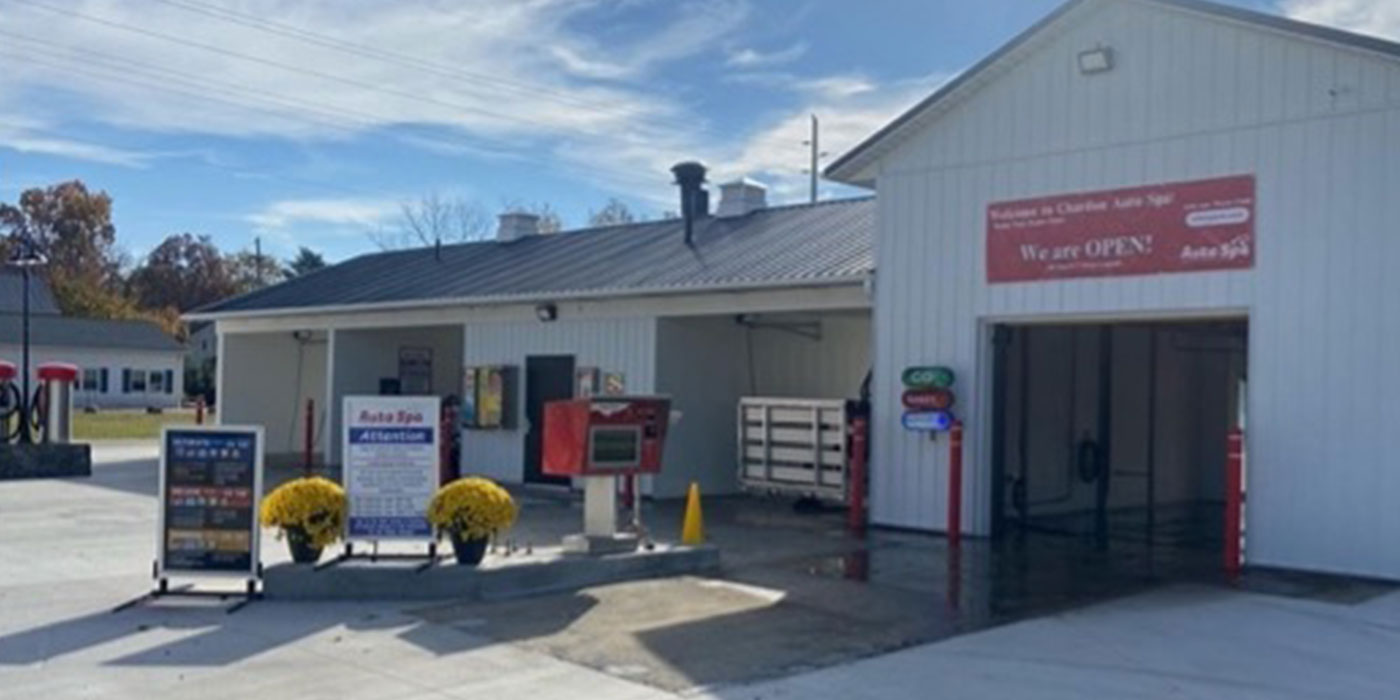During the past year, many carwash operators — either by choice or thrown into survival mode via COVID-related shutdowns — seized the opportunity to redesign or make improvements to the business. For some, the slower days of the pandemic offered an opportunity to erect a new road sign, complete some overdue maintenance and train staff. There is no doubt that carwash operators had to quickly improvise, and many did to great success. Some operators, primarily at full-serve locations, changed formats, switching to exterior-only washes. Other operators decided to move forward with major renovations or build new.
These renovations and new builds surely feature the best advanced carwash equipment on the market. However, even the best equipment cannot overcome some of the issues that cause on-site congestion.
As more people get back to the office, is your wash ready to keep their automobiles flowing through the site? Now comes the real test. The façade and all the new equipment and chemicals look and smell great, but if you are not meeting your customers’ leading needs — speed and convenience — your business might not be going anywhere fast.
Has your carwash become a glorified parking lot? If you’re experiencing this dilemma, there might be a few key reasons why. It starts at stacking.
“Without question, the number one congestion-causing factor at a wash site is a poorly designed layout, particularly one that does not have adequate room to accommodate enough cars on the lot,” confirms Allen Luce, western regional and key account manager for OPW Vehicle Wash Solutions. “Namely, too many washes, whether in-bay automatic (IBA) or conveyorized tunnel, are crammed into spaces that are just too small.”
If stacking congestion is occurring, but the tunnel or bay is light or relatively empty, chances are the lot is either too small or has a poor layout for the type of carwash you are operating. It is critical in site selection that you choose a lot that fits the area’s traffic population and wash format.
Point of speed
Carwashes today are expected to accept multiple forms of payment, including cash, credit, mobile and gift cards. For membership and loyalty programs, RFID or license plate readers are highly recommended. This equipment must not only be positioned correctly at the entrance area, but there should also be plenty of systems available for the customer to access.
“Two other congestion factors are not enough point-of-sale (POS) stations, which can lead to backups, and the absence of an escape lane, which allows vehicles to exit the wash in the case of an emergency,” informs Luce.
Today’s advanced point-of-sale (POS) systems have more features, flashing graphics and information than previous pay terminals. However, if the screen is too small, hard to read, not working properly or causes confusion or frustration, this will present another point of congestion.
Tunnel by the numbers
Of course, the time to get it right is before the equipment is purchased and installed. If not, it becomes an expensive lesson to learn and one that might be unfixable. New operators, particularly on the tunnel side, must be educated on the trends and benchmarks in order to design the perfect tunnel carwash site for the area and expected customer base.
This includes an education in conveyor speed. According to Luce, the first way to determine an ideal conveyor speed comes down to simple mathematics. “If you are deploying a 100-foot-long tunnel, you should be washing between 80 and 120 vehicles an hour,” he says.
A skilled operator can adjust conveyor speed but does not do so at the detrimental cost of wash results. As Luce notes, washes that are run too fast may not be cleaning vehicles effectively, leading to dissatisfied customers. “Alternatively, a wash that runs too slow can cause backups, especially on busy wash days, and that creates a bad visual for passing drivers.”
Do you have a highly-skilled operator? An experienced operator will know how to resolve issues in a time-efficient manner in order to keep flow moving on-site. This operator will also know the best time to switch conveyor speeds, as needed. That practice, insists Luce, should not be throughout the day.
“In general, it is not recommended that you change conveyor speeds during the day, especially if you are running at your normal cars-per-hour pace. In this case, changing the speed of the conveyor can compromise the quality of the washing and drying processes, along with affecting the rate of water and chemical consumption,” asserts Luce.
On busy days, he adds, a case can be made to increase conveyor speed in order to meet the higher demand, but, conversely, that does not mean that the speed of the conveyor should be decreased on even the slowest of days.
The long game
Successful operators that have high enough traffic to support it install dual conveyors, and a select group of carwashes also feature 200-foot-plus tunnels to service more vehicles at the same time.
How many employees are prepping or finishing? This can be another point of congestion. Speak with equipment manufacturers to see if some of that prep and finish work can be automated or done with better drying equipment, for instance. Today’s advanced equipment, especially when combined with vehicle-scanning technologies and advanced controllers, can now clean those hard-to-reach areas of a vehicle.
For IBA locations, some can be converted into a compact tunnel, if space allows. As featured in the March 2021 issue of Professional Carwashing & Detailing, one IBA operator, Gary Baright, who co-owns Foam & Wash Car Wash in Hudson Valley, New York, offered a case study in improving traffic flow with strategic equipment placement.
Related: Today’s new bays
At Baright’s larger IBA sites, which feature bays twice as long as those that traditionally hold IBAs, customers wash in one bay, a door opens, and they enter the next bay for drying while the next car in line enters the first bay.
Again, adequate space is crucial to making this adjustment. Therefore, as mentioned, it is important for new operators to pick the ideal sites for their areas and wash formats and to allow some space for growth. The industry and consumer buying habits continue to evolve, so you will want to plan for the future.
Equipment layout, especially for tunnel formats, is also important to help move traffic along and reduce prep and finish labor needs. Work with a trusted manufacturer and supplier to ensure that the equipment featured in your tunnel promotes flow and not congestion. Adequate drip space prior to the blowers, for example, leads to better drying. The placement and positioning of the wheel cleaner, top and side brushes, rinse arches, chemical applicators and blowers can all help improve targeted wash results and keep traffic moving.
It is also a best practice to monitor wash results and adjust the time on certain services or applications. Reducing the time needed to effectively wash a vehicle not only keeps flow moving, but it also results in cost savings.
Another factor to keep in mind is the emergence of various new automotive technologies and sensors. New advanced driver assistance systems (ADAS) help keep roadways and drivers safe, but they have been problematic at carwashes. New auto tech issues at carwashes, improper use of the tunnel or bay, loud noises, litter and poor signage that confuses and frustrates customers can all be points or causes of congestion.
In all cases, be diligent in educating yourself, your staff and your customers in order to minimize the issues these factors may cause. Make it routine to pick up trash, and follow a clear communication plan with employees and customers. This can be accomplished through hand signals, color-coding packages and large, easy-to-read signage.
Your equipment will pay you back every day when installed properly in the right places. However, if you are expecting your leading equipment to overcome some of the congestion factors mentioned in this article, you will be waiting much longer than your customers in line. Take your time in site selection and design as well as installation, and then reap equipment rewards for the life of the business.














